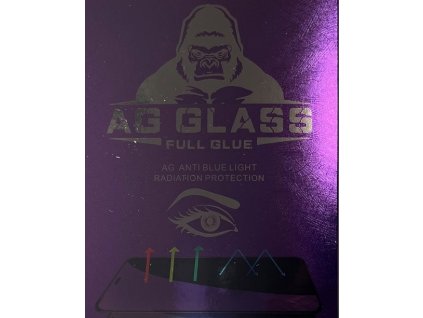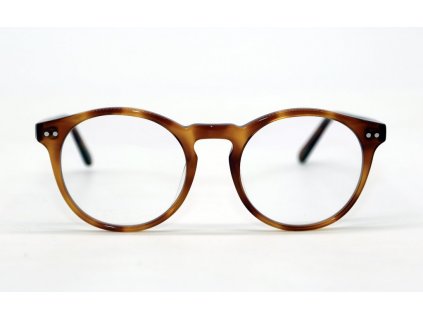In the electromagnetic spectrum, blue light lies in the wavelength range between 380 and 500 nanometers. It, therefore, falls within the visible part of the spectrum, to which we are exposed every day.
As a part of the visible light spectrum, blue light can be found everywhere – in the natural light emitted by the sun or in the artificial light emitted by LED lamps or screens (smartphones, tablets, computers, televisions).
The positive effects of blue light
Blue light regulates our biorhythm or biological clock. The body uses the natural blue light from the sun to distinguish between day and night and regulate our sleep-wake cycle. The perception of blue light (approx. 490 nm) stimulates and controls the production of the sleep hormone melatonin. However, the intensity of the blue light emitted by the sun is substantially lower than the intensity of the blue light frequencies from the artificial light sources.
Blue light is also an essential element to lift our mood and increase our feeling of well-being.
Blue light is hazardous to the eyes
The shorter the wavelength of light, the more energy it stores. Blue light waves fall within the visible spectrum's short wave range and belong to the most energy-rich ones. This explains why blue light (between approx. 380 and 450 nm) is more hazardous than other light. In addition to that, blue (artificial) light emitted by screens has a richer spectrum of harmful blue light than sunlight, which contains more yellow and red.
A further factor raising concern among specialists is linked to a change in our lifestyle, which exposes us to excessive amounts of blue light. In addition to the natural blue light emitted by the sun, we are confronted with artificial blue light from screens and LED light sources daily. This phenomenon is further aggravated by the length of time for which we are exposed to this light. At work, 43% of adults use a computer or tablet and a smartphone for prolonged periods.
Eye fatigue
The energy emitted from blue light causes it to flicker more than other light, and it also produces more glare, resulting in eye fatigue and headaches in the long term. Almost 70% of all adults who regularly use electronic devices with illuminated displays report specific symptoms of visual fatigue, such as impaired vision, dry and irritated eyes, or headaches.
Sleep rhythm disorders
Especially in the evening, artificial blue light disturbs our biorhythm by slowing down the secretion of melatonin. This explains the significant increase in the number of people complaining of sleep disturbances and who have insomnia. The melatonin (sleep hormone) production effects are highest at the 484 nanometers(almost 80% melatonin suppression). Therefore, for the effective wake-sleep cycle regulation, blocking blue and green light at the higher frequencies is essential during the evening hours.
Age-related macular degeneration (AMD)
Contact with harmful blue light (between 380 and 450 nm) can lead to age-related macular degeneration. This means that, over time, retinal cells can become irreversibly damaged. In industrial countries, this is the most frequent cause of eye diseases resulting in blindness.








